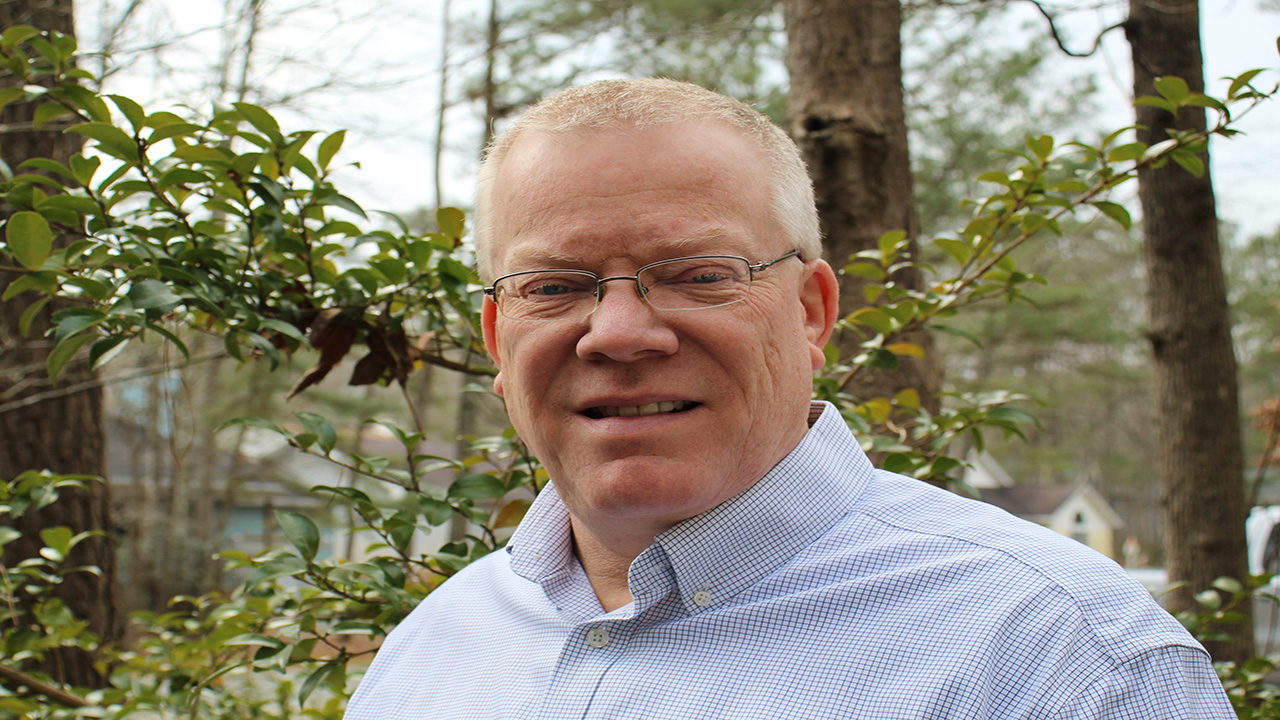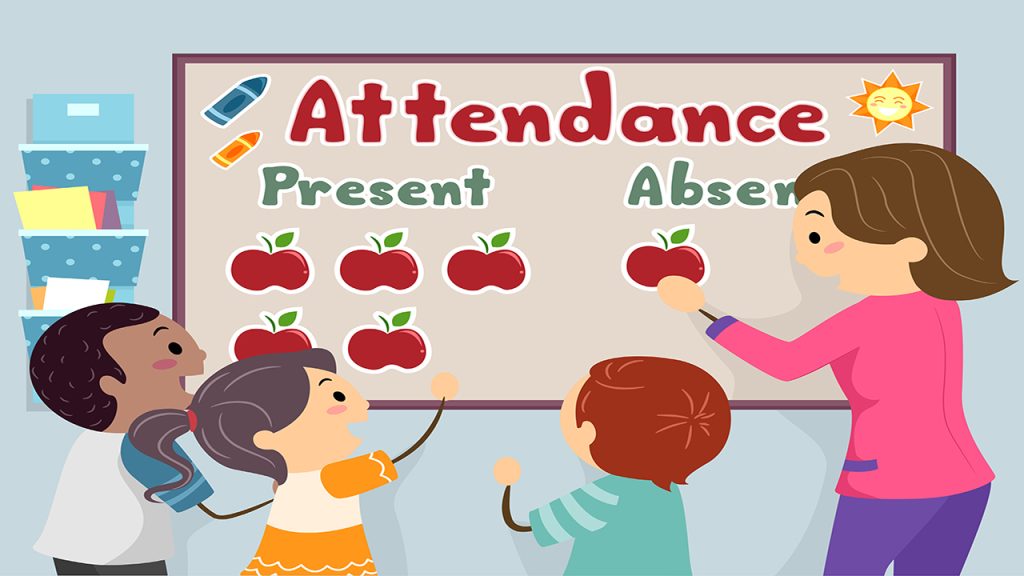
After a Banner Year for School Choice, the Challenge Is to Ensure New Programs Work (Opinion)
The last few years have been historic ones for the school choice movement. Dozens of new programs have been adopted, existing programs have been expanded, education savings accounts (ESAs) have morphed from an oddity into a legislative reality, and new school models have flourished. But we’ve seen time and again that this kind of success can prove a mixed blessing for education reformers, yielding confusion, shoddy implementation, and disappointing results. What will it take for school choice advocates, who come to this point after 30 years of ups and downs, to fare better? I can think of few who can speak more thoughtfully on this topic than Robert Enlow, the CEO and president of EdChoice (launched in 1995 as the Milton and Rose Friedman Foundation for Educational Choice). His job is to wrestle with the practical and political dimensions of educational choice. Here’s what he had to say.
—Rick
Rick: Robert, you’re the chief of EdChoice, one of the nation’s leading voices on school choice. I’m curious to hear what you think the school choice landscape looks like right now?
Robert: We are at a unique point in education reform history. At a time when parents are front and center, we are not deeply concerned about implementing parent-friendly policies. At a time when there’s more opportunity for parent-choice laws than ever before, we are in peril of politicians not supporting what parents want. At a time when there’s more desire for flexibility and customization, many schools continue to offer five-day-a-week solutions. So, I think we’re at an inflection point where if we really believe that parents should be at the forefront of policy, then we need to make sure we give parents more options than ever. And the challenges of implementing those options well cannot be underestimated. Universal school choice is here to stay, and it’s our job to make sure that we don’t screw it up.
Rick: Since the pandemic, there’s been a lot of activity around universal choice. What’s driving that?
Robert: Let’s be clear: The modern school choice movement started in 1990 with Milwaukee’s voucher for low-income families, and there have been universal school choice efforts since. What’s different now is that advocates are finally being joined and led by families who want and are demanding more options. So, while there was a potential for universal choice prior to 2020, the pandemic supercharged the drive for universal choice because it put parents front and center of this movement. Advocates and policymakers can now come alongside parents to support the options they want. The debate is no longer about public versus private school. It’s about giving parents what they want. Universal choice is empowering policymakers from rural, suburban, and urban communities to stand with families in a way that they’ve not been able to do before.
Rick: One of the big developments of the past couple years is the proliferation of education savings accounts, or ESAs. What exactly are ESAs and what do people tend to get wrong about them?
Robert: It’s easy to get things wrong about ESAs because they’re not easy to define. To understand what ESAs are, we first have to understand school financing. A parent who sends their child to a public school gets taxpayer funding from state, local, and federal sources. A parent who sends their child to a charter school gets taxpayer funding from state and federal sources, and sometimes local sources, depending on the state. A parent who sends their child to a nonpublic school gets some portion of state resources but no federal or local resources. ESAs are different from charters and vouchers because they allow families to receive taxpayer resources to use in multiple ways. One family might want multiple school types or might want to use a pod, a tutor, or a mix of everything instead of one specific school type. ESAs allow customization and hybridization, and that’s what makes them unique.
Rick: While I know you’re supportive of these new choice programs, I’m most interested in what concerns you have when it comes to the new ESA laws?
Robert: Milton Friedman said we should judge programs by their results and not their intentions. I am very excited for all these new ESA programs, and if the results are good, then we’ll continue to support them. But if they don’t end up working in the long term, then we will look for new ways to give parents more options. I think one of the biggest challenges with ESAs is that they are very hard to implement. We have to get it right. Government entities are now stepping in to do many things that families and vendors together might be able to do more effectively. Milton Friedman was worried about the rise of regulatory capture, and so am I. I am worried that we’re adding another layer of government through ESAs and making them more complex than they need to be. I think we need to trust parents and vendors more than government, and my biggest worry with ESAs is that we won’t.
Rick: ESAs involve a lot of infrastructure that’s relatively new to schooling, with states giving families control of funds, monitoring their use, determining eligible service providers, and so forth. What challenges does this pose?
Robert: Administering ESA programs is very complex and brand-new in education. There are lots of questions to consider. For example, who gets to choose which vendors are in the program—the government or the provider that manages the program? What parameters will be used to choose vendors? Will we allow the well-known local tutor to be a vendor even if they don’t have a license or will we limit which vendors parents can choose? These market slowdowns are a huge issue. If we’re going to implement ESAs correctly, we need to make sure that vendors are allowed as much flexibility and freedom as possible and we need to be able to ensure that they get paid as quickly as possible. The same is true with parents. Are you going to spend staff time looking at every single receipt submitted by parents or are you going to trust them to make the right choices? Moreover, who gets to be the program administrator, and will the government make it really restrictive to become one? ESA implementation is hugely complex. The whole goal is to make sure there’s very little friction between the administrator, the vendor, and the parent. The more friction, the harder it will be to implement. It might be easy to pass ESA bills. It’s very hard to make sure we implement them well. And that is the challenge that we face going forward.
Rick: You’ve been tracking ESAs on the ground and trying to help address the challenges as they emerge. What have you learned so far?
Robert: The first thing we’re learning is that you have to trust parents more. If we make this a regulated program where every single thing has to be approved by every single bureaucrat, it’s going to create another government program that will not work in the long run. So, the challenges are: How do we get vendors signed up? How do we get parents easy access to providers and funds? And how do we make sure that the government doesn’t get in the way of what parents want and what expenses are covered? Some parents may ask for chicken coops to be covered so they can teach their children about animal husbandry, but these expenses might not be approved. Yet, public schools have chicken coops all the time. They have terrariums and fish tanks, and no one ever questions the educational value of them. What we are seeing is a lot of tumult between what parents want and what expenses are covered. The biggest worry is that parents will not be happy with a program that was designed to make their lives easier and better.
Rick: It sounds like you’re concerned about more bureaucracy as a solution. Given that, what would you prefer to see?
Robert: Yes, I think we need less bureaucracy. We need to find solutions to these complex problems that are parent-friendly and don’t increase the size of government. We may find that a more direct refundable tax credit like the one passed in Oklahoma may be a better option. ESAs might be a step in the right direction, but they might present so many challenges that it would be easier to do a direct refundable tax credit. ESAs have the potential to be a great reform, and they’re definitely a step in the right direction to support parents. But if they don’t work over time or if they become unnecessarily bureaucratic, then we need to be willing to say these aren’t working and make adjustments.
Rick: How concerned are you that implementation missteps with ESAs will erode public support or create a backlash? After all, we saw something like that with charter schooling in the 1990s.
Robert: If we screw up implementation, it could erode public support. But I also don’t think that we should make public policy based on an actual or potential bad story in the press. With charters, we learned that the more restrictive the guardrails, the less growth there is in new schools. Arizona, Florida, and Indiana are growing rapidly in terms of charter enrollment. The same will be true with ESAs. The easier it is for parents to use and the more opportunities for new schools and learning environments to spring up, the faster the growth will be. More bureaucracy means less growth and vice versa.
Rick: Finally, what are states and advocates doing to ensure that ESAs work as intended?
Robert: Number one, provide rules for both parents and vendors that are simple, clear, understandable, and easy to implement. Number two, provide the information necessary for families to be able to choose and understand their choices in an effective manner. Number three, don’t hamstring vendors. Lastly, try and make sure that families have more information and that vendors get signed up quicker. We want to sign up as many people as we can, as quickly as we can. And we want families and vendors to clearly understand the rules of the road as quickly as possible.
Dig Deeper With Our Longreads
Newsletter Sign up to get our best longform features, investigations, and thought-provoking essays, in your inbox every Sunday.
The MEN was founded by John Huber in the fall of 2020. It was founded to provide a platform for expert opinion and commentary on current issues that directly or indirectly affect education. All opinions are valued and accepted providing they are expressed in a professional manner. The Maryland Education Network consists of Blogs, Videos, and other interaction among the K-12 community.







